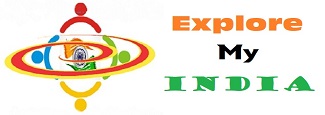Indian Civilization and Culture: A Critical Analysis and Study
5 Unique Facts About Indian Civilization and Culture
Indian Civilization and Culture as obvious is influenced by the ancient religion called Santana Dharma and our ancient religious scriptures. In the following paras, we are going to deliberate upon various facts about Indian Civilization and Culture.
1. Vastu Obliged Temples:
2. Unique Greeting Posture:
3. Hospitality:
4. Joint Family System:
5. The festivities:


